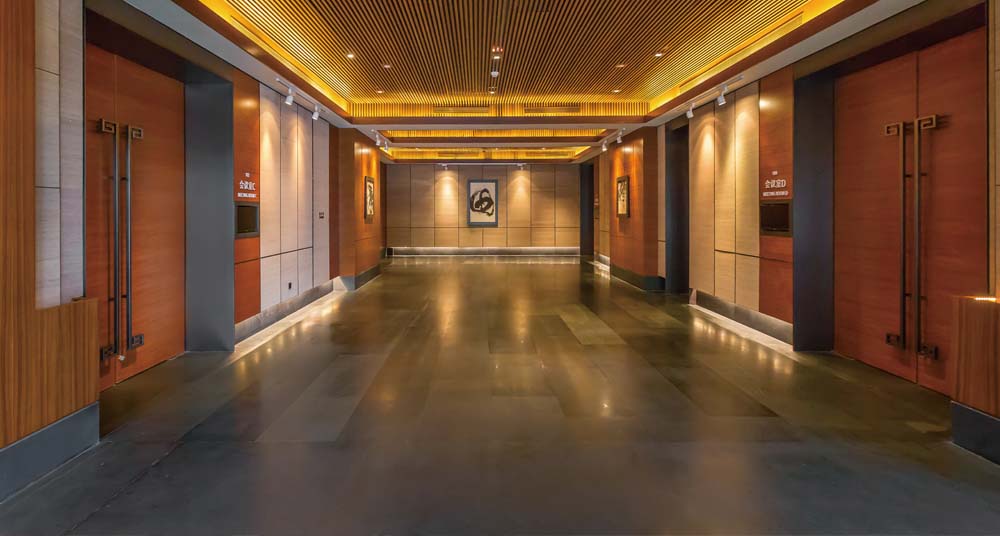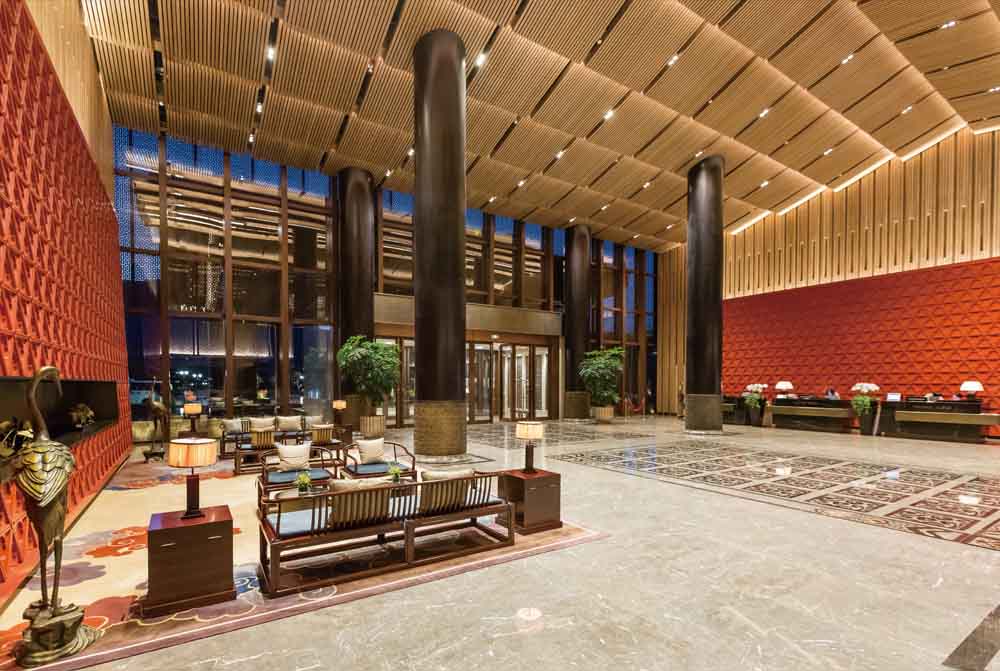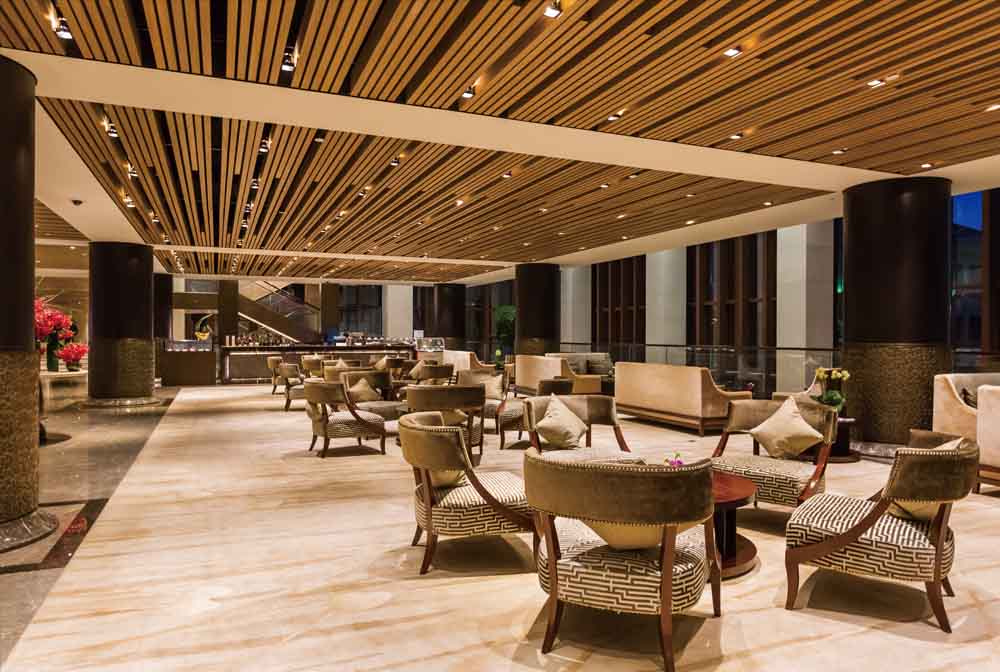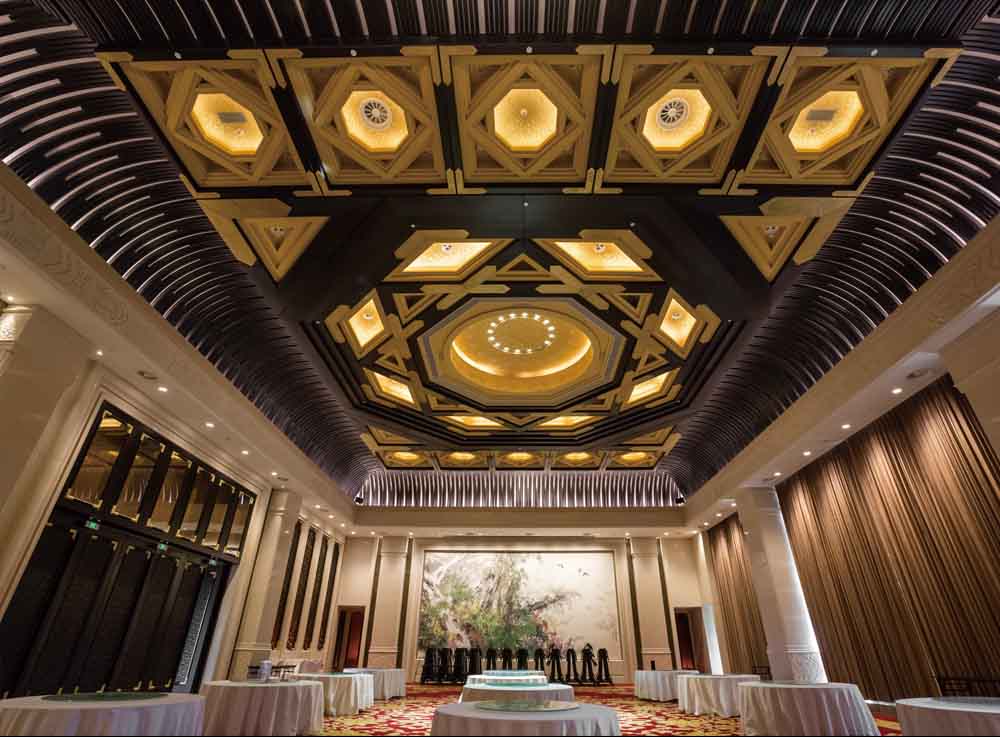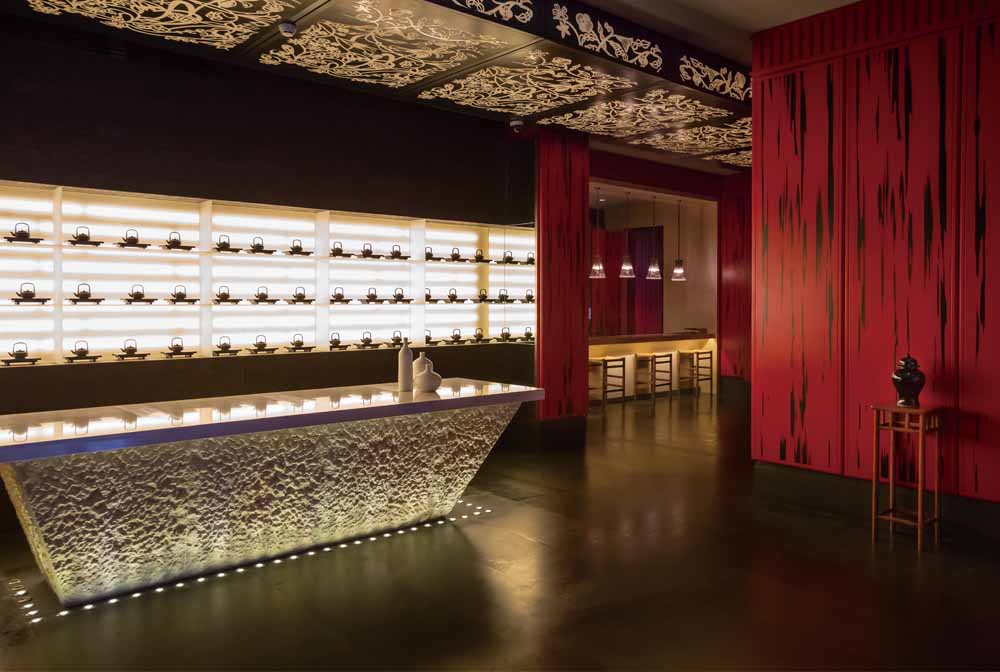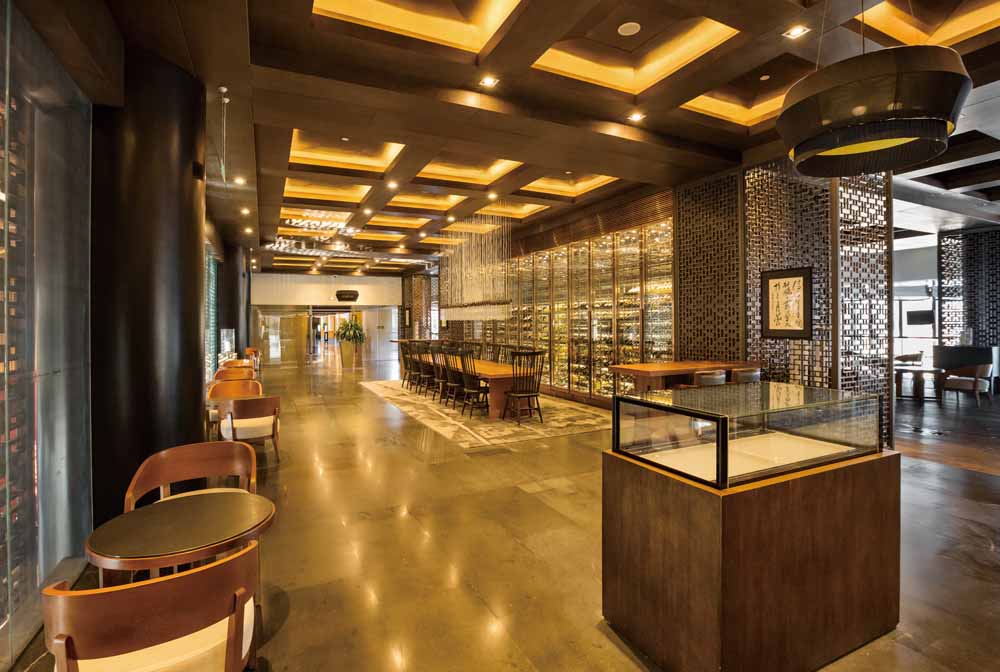![]() Case Introduction
Case Introduction
Adjacent to the majestic the Great Wall in the north and backed by the vast expanse of the North China plain, the Yanqi Lake is the reservoir that intercepts the Yanqi River in the north of Beitaishang Village, Huairou District, Beijing. With wide surface and clear water, Yanqi Lake is named after flocks of wild geese habituating in the lake in spring and autumn annually.
The place gathering beautiful natural sceneries was eventually chosen as the destination of the world's 22nd Asia Pacific Economic Cooperation (APEC) Leaders' Informal Meeting, and the Yanqi Hotel surrounded by the beautiful natural scenery received heads of various countries. How to make the heads feel the profound Chinese culture during their stay? How to perfectly reflect the national dignity, and give people feelings of relaxation and pleasure in the hall, banquet hall, corridors and other public areas? How to interpret Chinese traditional history and culture as a "world language" with the modern design language? All of these are problems to be solved by the design team of Beijing Honggao Decoration & Design Engineering Co., Ltd.
The design team has immediately communicated with architects, considered the positioning of the hotel and the geographical particularity in Beijing, finally determined the design principle of unified image and style of interior space and the overall architecture, and practiced the design idea of “highlighting Chinese culture while integrating internationalization and modernization” throughout the process.
The hotel building designed with a seven-order platform brings people a sense of grandeur. As the "crown" of the architecture, the grey overhanging gable roof is designed in a very ancient style, while the combination of gold round eave column and the commonly-used stone square plinth in Qing Dynasty reveals a solemn sense. With simple and elegant decorative wood fans on the building facade, and transparent and modern large blocks of landing steel glass, the building is designed with both traditional and modern styles in the indoor space. The Imperial Palace and the hall of Supreme Harmony integrating the essence of Chinese architectural culture and reflecting the ancient royal dignity are important sources of inspiration for designers.
![]() Case Appreciation
Case Appreciation
